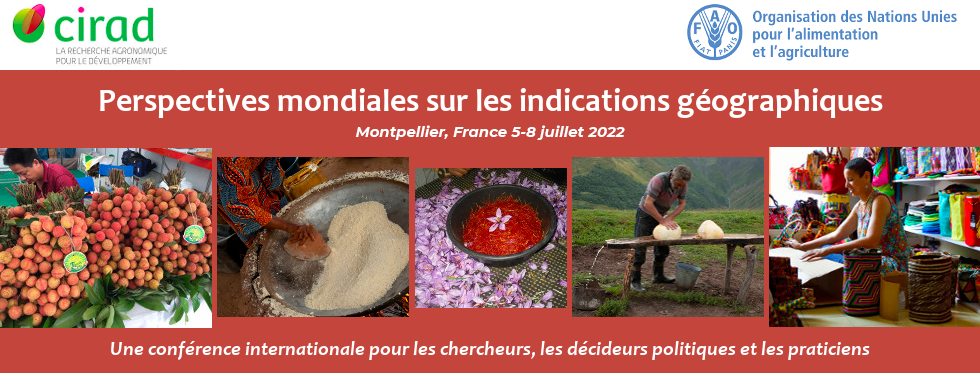Very few will dispute that the Covid-19 Pandemic was one of the most disruptive events in the memory of most people. Other would argue that, in addition to its own disruptive characteristics, the Pandemic was also the catalyst accelerating and amplifying the emergence and impact of a range of other disruptors. These include events such as Climate Change, Biodiversity Loss, Food Insecurity, Fourth Industrial Revolution (4th IR) as well as global demographic and economic changes.
In order to identify the vestiges of a long-term (up to 2050) post Covid-19 Strategy for the Agricultural and Agri Processing Sector of the Province, the Western Cape Department of Agriculture (WCDoA) engaged on two futures projects. The first was a more generalised approach encompassing the whole, whilst the second focussed specifically on the arid areas of the Province. The reason being that the particular circumstances of sparsely inhabited marginal arid areas often disappear at the prospects of the higher populated and more prosperous farming regions.
Although these projects were conducted by two different research teams, both teams used similar approaches. These included an analysis to identify the driving forces which will shape the future of farming, the interactive development of future scenarios, the use of the three horizons framework and the development of a causality argument(s) to underpin positive interventions. The three horizons framework is a conceptual model to assist individual's thinking about current assumptions, emerging changes as well as possible and desired futures. More important, it allows for the identification of the current seeds of the future which should be stimulated as part of causal relationships.
The main findings from these two reports were complementary and, although none of the research teams was familiar with the principles of Geographical Indications (GI), some relevant recommendations emerged spontaneously. These include:
a) Collectively harness local identities by drawing out the attributes of the geographical areas which are most compelling to the different target markets. These elements should include geological, cultural, ecological significance and sense of space. Specific reference was made to strengthening the development of the ‘Karoo Lamb' GI.
b) Anticipatory and enabling governance leading to ethical, sustainable and resilient farming practices. This is not only relevant for institutions, but also in terms of assurance and regulatory systems. Specific reference to the use of 4th IR technologies, including blockchains, were made.
c) Engage on the continental (Africa) level as part of the strategy to harmonise the regulatory environment and for market placement of export focussed products. In the case of GI, the challenges associated with cross border GI, institutional arrangements regarding mutual recognition and labelling should receive priority.
In response to these recommendations, the WCDoA is currently in the process of supporting a range of local groups to develop and regisater their own GI. These include ‘Karoo Granate', ‘Matzikamma Rosyne', ‘Buchu Tea' and ‘Aloe Ferox'.



